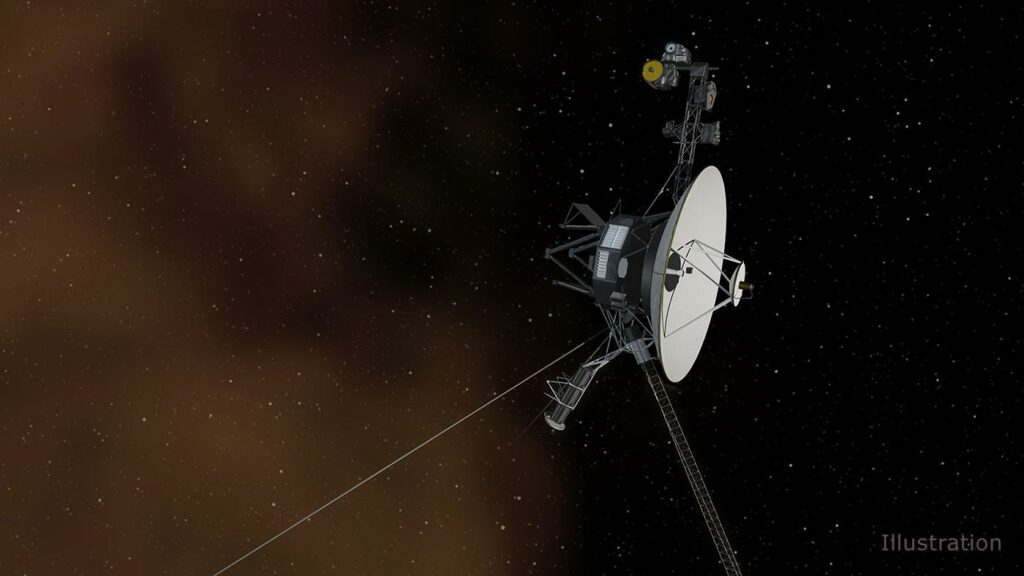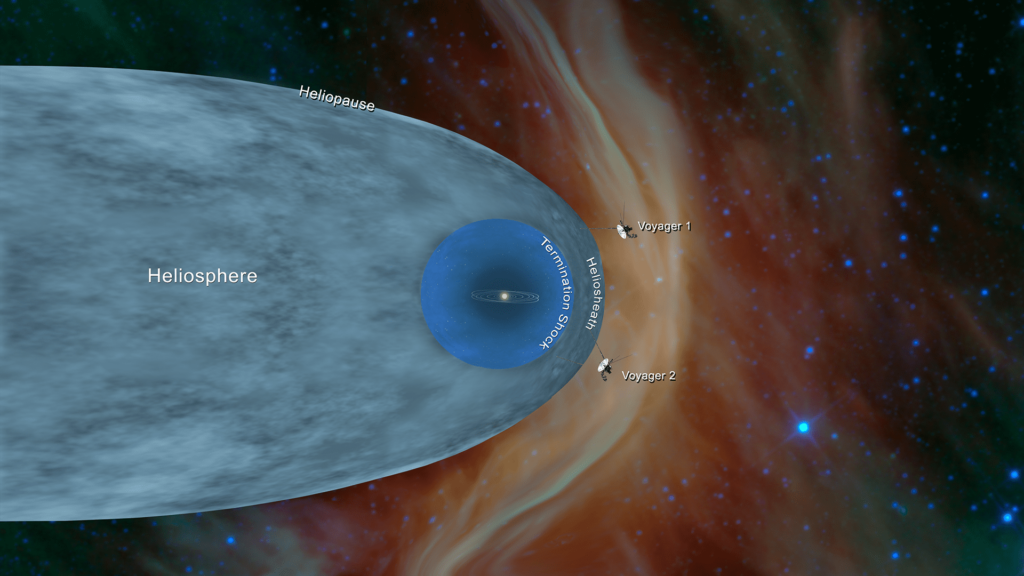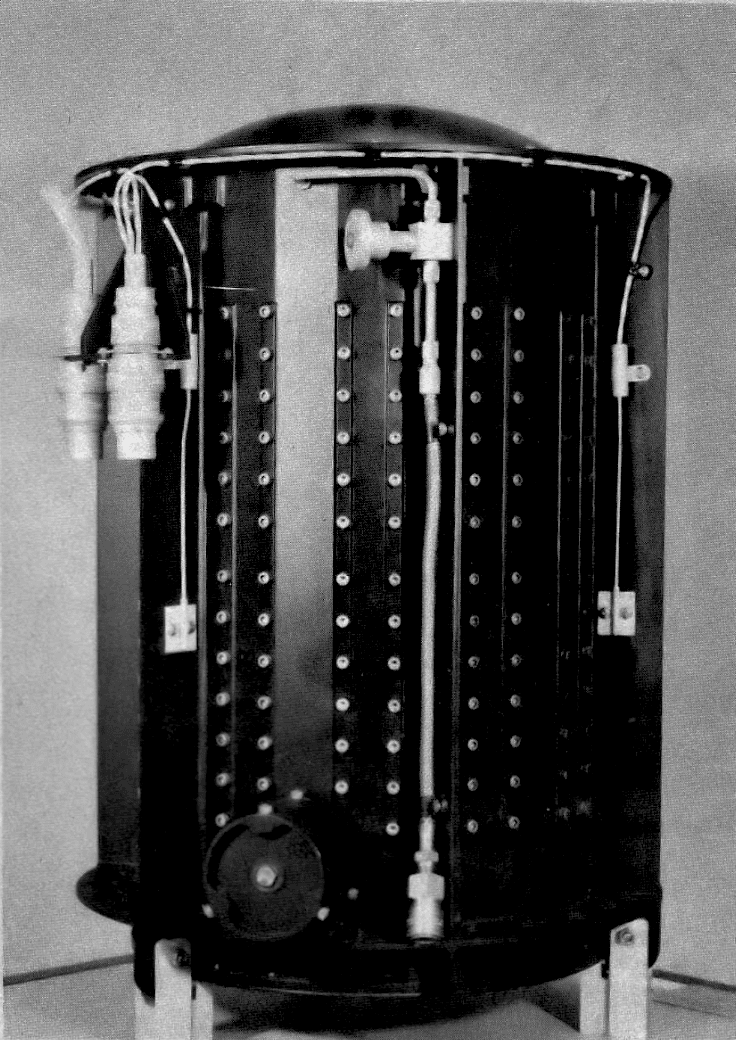The Voyager 1 mission support group encountered a mystery. The spacecraft located in interstellar space is functioning normally, continues to receive signals from Earth and transmit the scientific information collected by its instruments. But at the same time, its orientation control system (AACS) has recently begun transmitting “junk” telemetry, which does not correspond at all to what is happening on board the probe.
Problem with the Voyager 1 orientation system
The AACS system controls the orientation of Voyager 1. Among other tasks, it holds the antenna of the probe with a high gain directed precisely to the Earth, which allows it to exchange data. All the available signs indicate that AACS is still working — after all, the device remains in touch. But at the same time, the telemetry transmitted to it does not make any sense. The data looks like it is randomly generated or does not reflect any possible AACS state.

The problem with telemetry has not yet led to the operation of any on-board protective systems designed to put the device into safe mode. Voyager 1’s signal has also not weakened, which suggests that its antenna remains pointed precisely at the Earth. So far, mission specialists are trying to figure out what is the source of the problem — the AACS or some other system of the device, as well as how the current situation may affect the further operation of the probe.
The most distant spacecraft in history
At the moment, Voyager 1 is located at a distance of 23.4 billion km from the Sun, being the most distant spacecraft in history. Its signal takes over 21.5 hours to reach Earth.

According to mission specialists, the problem with telemetry is to some extent expected. In August, Voyager 1 will turn 45 years old, which is an order of magnitude longer than the nominal life for which the probe was designed. During this time, it has experienced numerous various failures and technical problems. In addition, now the Earth messenger is in interstellar space — an environment with a high level of radiation, in which no spacecraft has ever flown before.
However, engineers hope to find the cause of the AACS data problem and solve it — possibly by using a backup system or making changes to the software. If this is not possible, engineers will try to adapt to the anomaly.
Voyager devices receive energy from radioisotope thermoelectric generators (RTGs). Over 45 years of flight, their power has almost halved due to the gradual decay of plutonium-238 and degradation of the thermocouple. Every year, the probes lose another 4 watts. However, they have enough energy to maintain the work of active scientific instruments. The project staff hopes to find a way that will allow the devices to continue working until the end of this decade.

Recall that we recently told the story of Pale Blue Dot — one of the most famous space photos in history, taken by Voyager 1 in 1990.
According to https://www.jpl.nasa.gov
Follow us on Twitter to get the most interesting space news in time
https://twitter.com/ust_magazine

